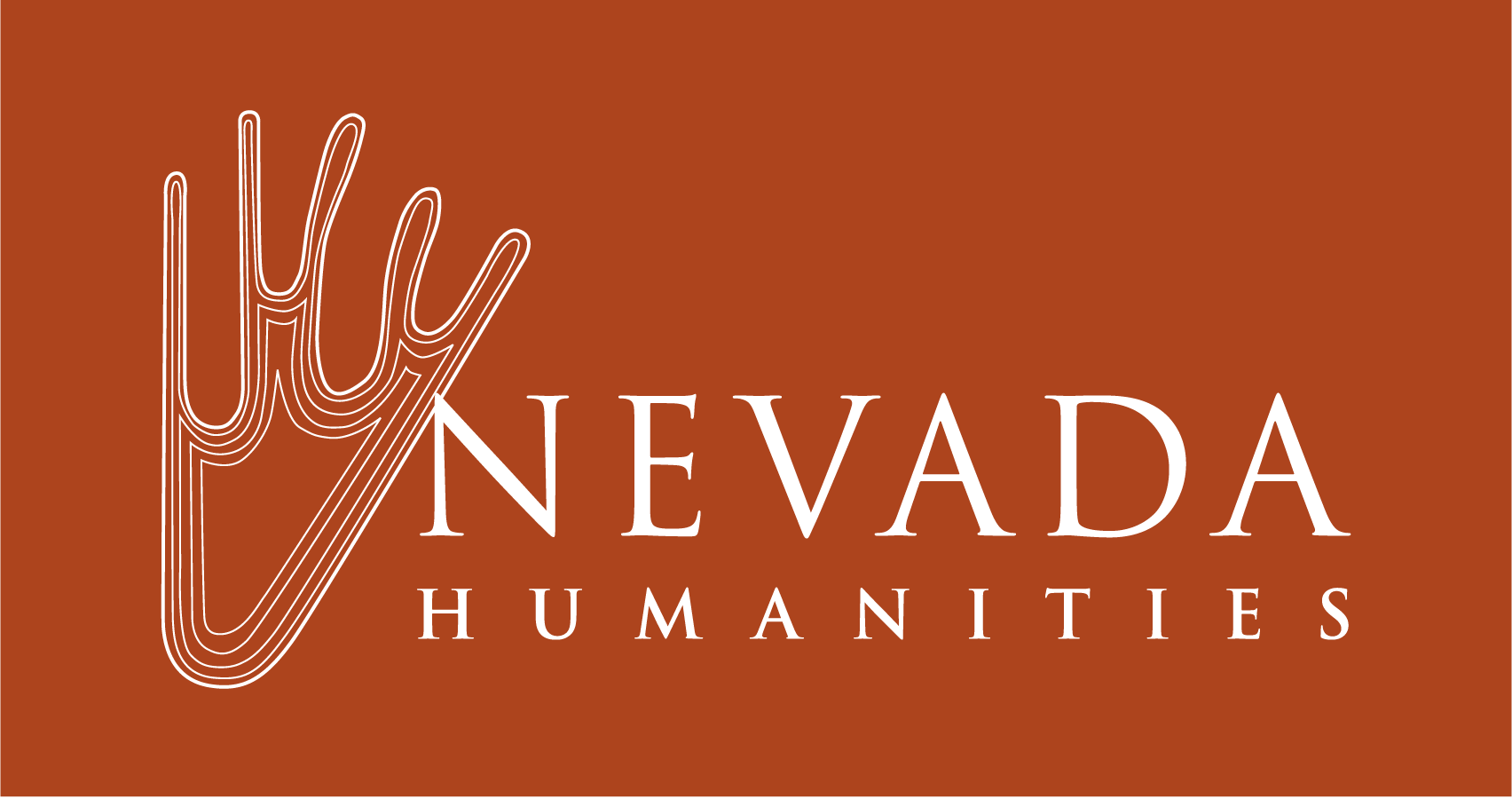Water in the Desert: A Writer’s Perspective
This blog post is generously provided in kind by Jarret Keene. The Double Down blog is also supported by Nevada Humanities’ donors.
By Jarret Keene
Cover art by Safiyya Bintali.
To live in Las Vegas is to dwell in contradiction. Our city is all about the control of water, with our Strip-centered techno-fountains and fake canals. Surrounded by an austere desert that sun-ravages everything manmade, Las Vegas blissfully transforms scarcity into a holy substance. While tourists play, residents remove the grass from their yards, replacing the green with beige rocks. Lake Mead, meanwhile, stands as a fading memory of better days, the “bathtub rings” growing deeper and more dire. Here, water is more than history; it’s a symbol of the burden future residents will bear for our indulgences.
Water defines survival, dictating what can be built and where life thrives. Water determines how long we will exist. For these reasons, writers living here feel that agony of existence whenever we venture from our neighborhoods and survey the valley: Bone-dry washes. Lavish golf courses spawned from hidden reservoirs. Lake Mead’s surface shrinking every year. Prosperity and fragility are the two-headed snake that we dare not pick up and examine too closely.
Conceptually, Las Vegas writers, I have noticed, address this tension for inspiration. This dynamic is explored in Monsoon Season, the sixteenth volume in the Las Vegas Writes series. The book gathers both established and emerging voices, from essays of loss by Marlene Roque and Scott Dickensheets to lyrical meditations on desert rainfall by Erika Dagri and John L. Smith. As a collective work, Monsoon Season affirms that Las Vegas’s literary scene is as vital and surprising as the storms that sweep across the valley.
In this book, and in our desert, water serves as a powerful symbol, a muse and a warning, proof that in the Mojave, life insists on flowing. Stories, like rivers and floods, carve their way through caliche, leaving behind channels that endure long after a downpour.
Jarret Keene is an assistant professor in the Department of English at the University of Nevada, Las Vegas, where he teaches fiction writing and the graphic novel. He is the series editor for Las Vegas Writes—a program of Nevada Humanities and published by Huntington Press. He is the author of the dystopian adventure novel Hammer of the Dogs, published by the University of Nevada Press, and the Kid Crimson series of western novels—about the youngest, deadliest, and most handsome hired gun in Virginia City, Nevada—published in 2024 by Wolfpack. His latest book is the story collection Gateways to Annihilation, published by Dark Wolf. Keene has been featured in Writer’s Digest, Publisher’s Weekly, EcoTheo Review, Library Thing, Black Fox Literary Magazine, Tupelo Quarterly, and Coast to Coast AM. He was recently inducted into the Nevada Writer’s Hall of Fame by the University Libraries at the University of Nevada, Reno.


